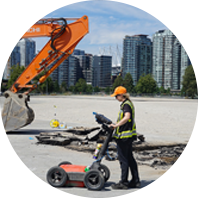
Underground Utilities Mapping uses the principles of geophysics to locate, detect, identify and investigate buried services. We employ radiodetection technique (electromagnetics) to locate utilities. This principle works on the basis that a current flowing along a conducter creates a magnetic field, which extends around the conducter in concentric circles. A receiver coil can be used to detect the amplitude of this magnetic field. The amplitude varies depending on the position and orientation of the receiver within the field. The amplitude is maximum when the receiver is in line with the field and directly above the line of the buried service.
The non-metallic, inaccessible, unknown or abandoned utilities cannot be located with traditional cable and pipe locators. In such cases, Ground Penetrating Radar (GPR) must be used. GPR is a non-invasive, non-destructive geophysical surveying technique that is used to produce a cross-sectional view of objects embedded within the subsurface.
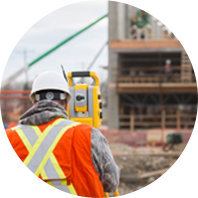
Surveying or land surveying is the technique, profession, and science of accurately determining the terrestrial or three-dimensional position of points and the distances and angles between them. These points are usually on the surface of the Earth, and they are often used to establish land maps and boundaries for ownership or governmental purposes.
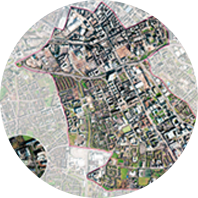
Geospatial analysis is an approach to applying statistical analysis and other informational techniques to geographically based data. Such analysis employs spatial software and analytical methods with terrestrial or geographic datasets, including geographic information systems and geomatics.
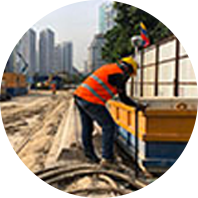
Global Positioning System (GPS) is a space-based global navigation satellite system (GNSS) that provides location and time information in all weather, anywhere on or near the Earth, where there is an unobstructed line of sight to four or more GPS satellites.
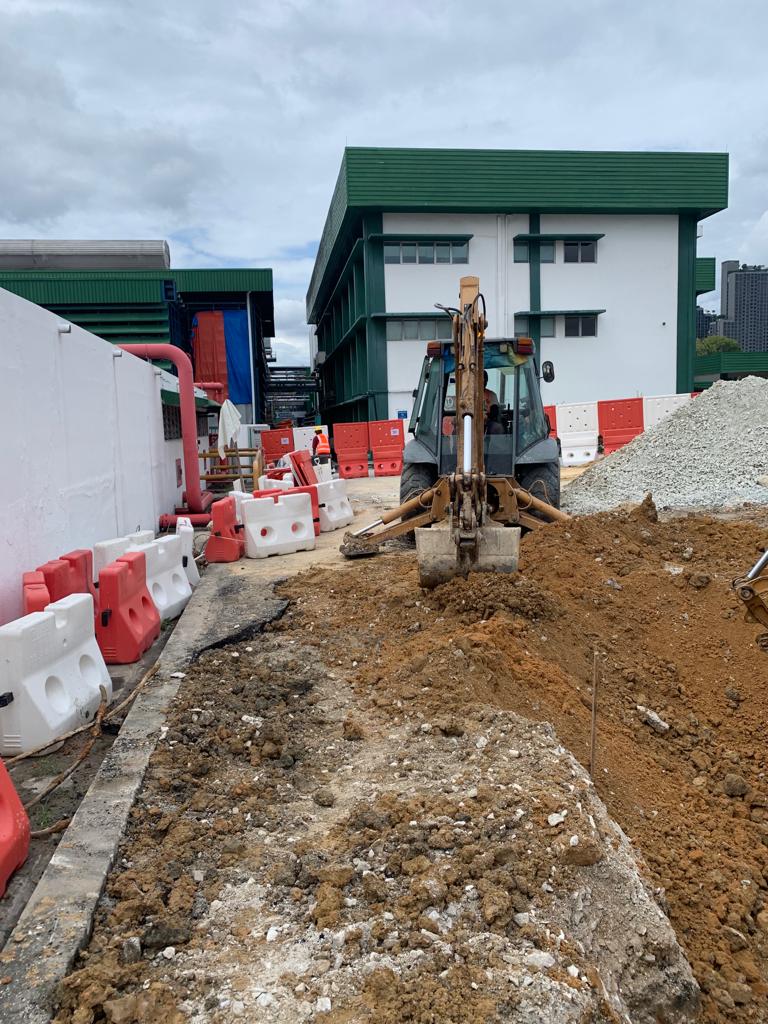
Piloting buried utilities is to ascertain the indication of utilities features shown in underground utilities map.
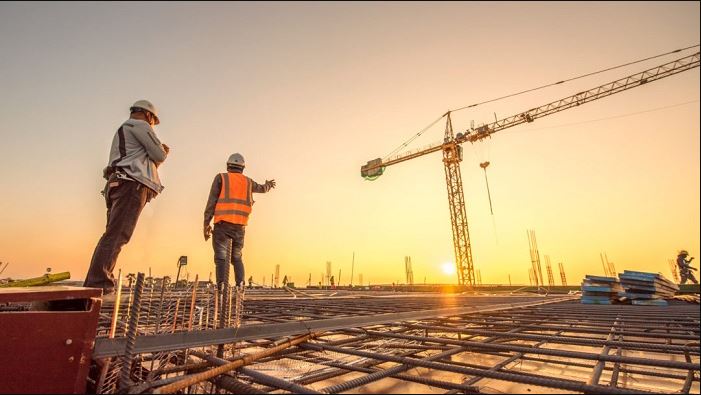
Construction is the process of constructing a building or infrastructure. Construction differs from manufacturing in that manufacturing typically involves mass production of similar items without a designated purchaser, while construction typically takes place on location for a known client. Construction starts with planning, design, and financing; it continues until the project is built and ready for use.
Maintenance, repair and operations (MRO) or maintenance, repair, and overhaul involve fixing any sort of mechanical, plumbing or electrical device should it become out of order or broken (known as repair, unscheduled, or casualty maintenance). It also includes performing routine actions which keep the device in working order (known as scheduled maintenance) or prevents trouble from arising (preventive maintenance). MRO may be defined as, "All actions which have the objective of retaining or restoring an item in or to a state in which it can perform its required function. The actions include the combination of all technical and corresponding administrative, managerial, and supervision actions.
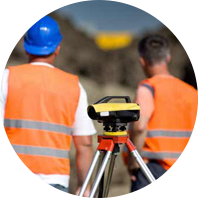
A Dilapidation Survey (Pre-Construction Condition Survey) is an inspection of the existing condition of all adjacent buildings and structures before the commencement of demolition, excavation, piling, renovation, refurbishment and construction works of new buildings or infrastructures.
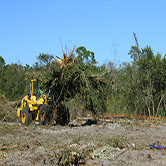
Site clearing is to remove and dispose all unwanted surface material and unwanted vegetative matter from underground such as trees, brush, grass, stumps, roots and other debris so the site should be in a cleared and graded condition. Its will ensure a smooth underground scanning process.
Soil investigation work is a critical process in civil engineering and construction projects. It involves the systematic study and analysis of the physical, chemical, and mechanical properties of the soil and rock present at a construction site. The purpose of soil investigation is to gather essential information about the subsurface conditions to make informed decisions about the design, construction, and foundation of structures such as buildings, bridges, roads, dams, and more. There are various type of soil investigation work such as Soil Boring Test, Mackintosh Probes Test (MPT), Deep Sounding Tests, Cone Penetration Tests (CPT), Vane Shear Test, etc. The specific types of soil investigation work required for a project depend on factors like project scope, site conditions, and regulatory requirements. A comprehensive soil investigation helps engineers and construction professionals make informed decisions about design, foundation, and construction methods while ensuring the safety and success of the project.

Information technology (IT) is the use of computers to store, retrieve, transmit, and manipulate data, or information, often in the context of a business or other enterprise. IT is considered to be a subset of information and communications technology (IT). An information technology system (IT system) is generally an information system, a communications system or, more specifically speaking, a computer system – including all hardware, software and peripheral equipment – operated by a limited group of users.
System development, also known as software development or application development, is the process of creating and maintaining computer-based systems and software applications. This process involves designing, coding, testing, and deploying software to meet specific business or user requirements.
WebGIS, short for Web Geographic Information System, is a type of Geographic Information System (GIS) that is accessible and operates through web browsers. It combines the power of traditional GIS technology with the accessibility and convenience of the internet, allowing users to interact with and analyze geographic data online.